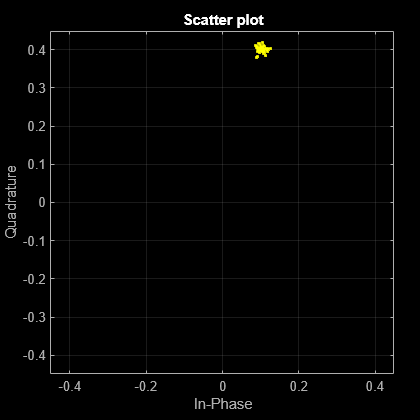wlanPreHEChannelEstimate
Syntax
Description
chEst = wlanPreHEChannelEstimate(demodSym,chEstLLTF,cbw)demodSym, and the channel estimate at the legacy long
training field (L-LTF), chEstLLTF. The channel bandwidth is specified
in cbw. For more information about these fields, see L-SIG and L-LTF.
Examples
Input Arguments
Output Arguments
More About
References
[1] IEEE Std 802.11-2020 (Revision of IEEE Std 802.11-2016). “Part 11: Wireless LAN Medium Access Control (MAC) and Physical Layer (PHY) Specifications.” IEEE Standard for Information Technology — Telecommunications and Information Exchange between Systems — Local and Metropolitan Area Networks — Specific Requirements.
[2] IEEE Std 802.11ax™-2021 (Amendment to IEEE Std 802.11-2020). “Part 11: Wireless LAN Medium Access Control (MAC) and Physical Layer (PHY) Specifications. Amendment 1: Enhancements for High Efficiency WLAN.” IEEE Standard for Information Technology — Telecommunications and Information Exchange between Systems. Local and Metropolitan Area Networks — Specific Requirements.
[3] IEEE P802.11be™/D5.0. “Part 11: Wireless LAN Medium Access Control (MAC) and Physical Layer (PHY) Specifications. Amendment 8: Enhancements for Extremely High Throughput (EHT).” Draft Standard for Information Technology — Telecommunications and Information Exchange between Systems — Local and Metropolitan Area Networks — Specific Requirements, https://ieeexplore.ieee.org/document/10381585
